Eddie Jones gets to grips with those damaging black birds
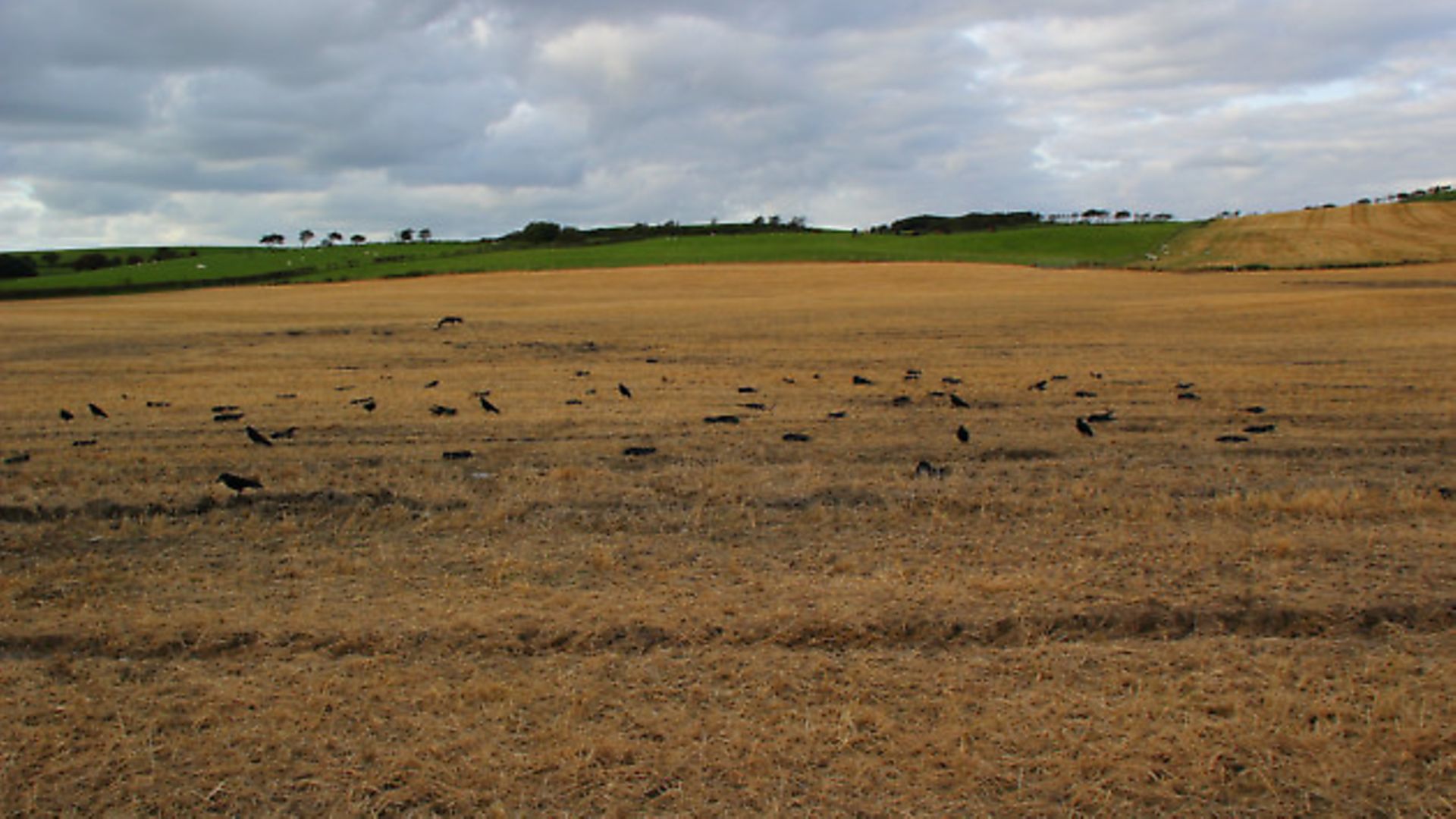 credit: Archant
credit: Archant
I’m back in the Welsh hills, invited for a few days’ fox shooting by my good friend Allan. With his pest control now back in full swing, it was not an opportunity to miss. We had been out a few times and, so far, put a pretty good dent in the fox population, plus I had managed my furthest shot ever at over 400 yards.
On this trip, we had been on our way back from a mole-trapping session when we noticed a large group of corvids on a recently cut barley field. Now, barley fields are not very common in the hills so this was a real treat, and luckily for us, Allan had the permission to shoot this ground. We headed back home to get the decoying kit to see what we could do with a few hours after lunch, before heading back out on the foxes.
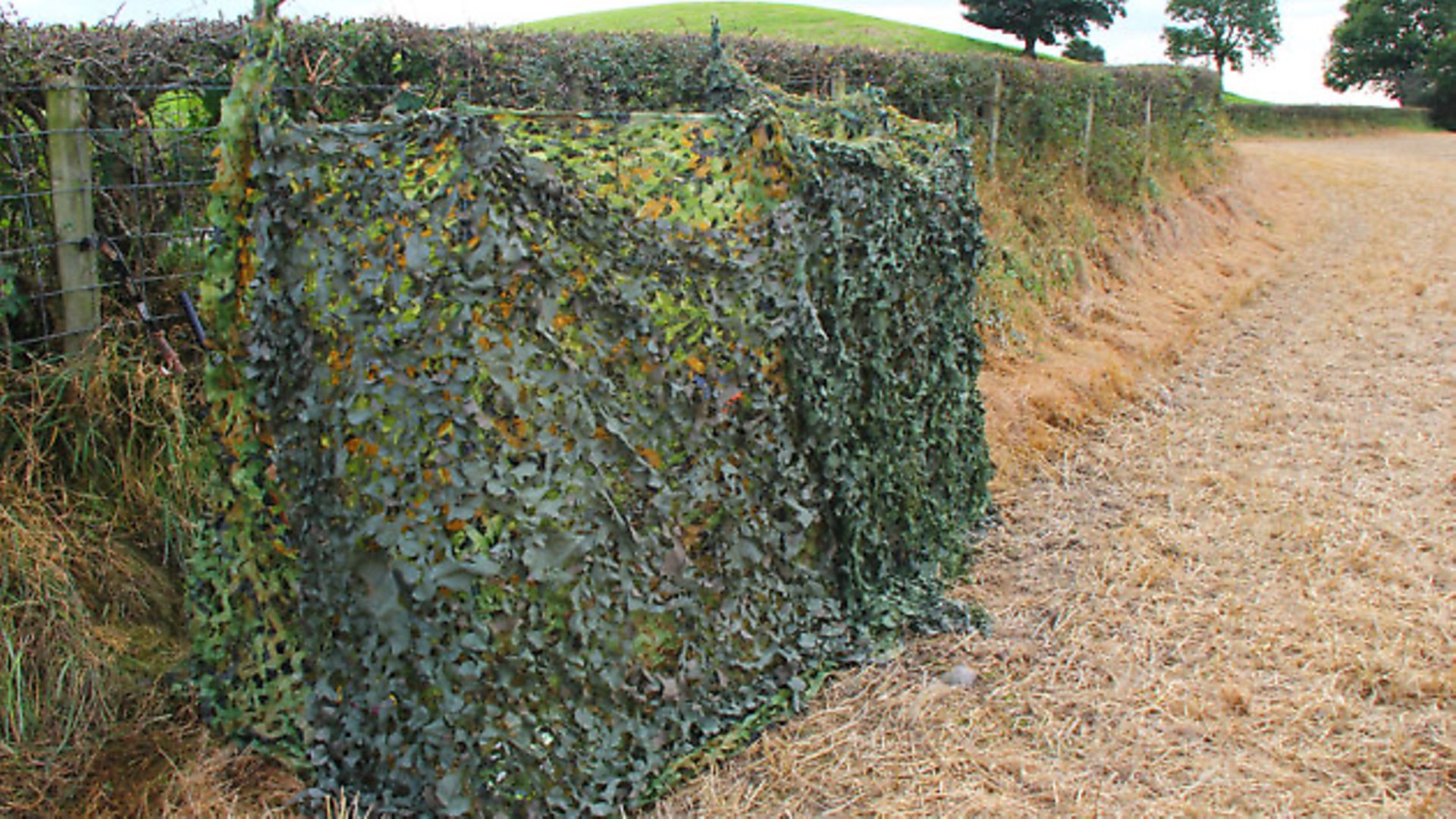 credit: Archant
credit: Archant
As we were there for foxing, I didn’t have my trusty Air Arms Ultimate Sporter, so I was looking to shoot one of Allan’s rifles. He currently has a Daystate Air Ranger, Theoben Rapid and a well-worn Air Arms S310 in .177. Well, it was no contest what I was going to use, and I was soon out in his back field setting the zero on the S310. The scope fitted was an old Hawke and it was shooting spot on at 30 yards.
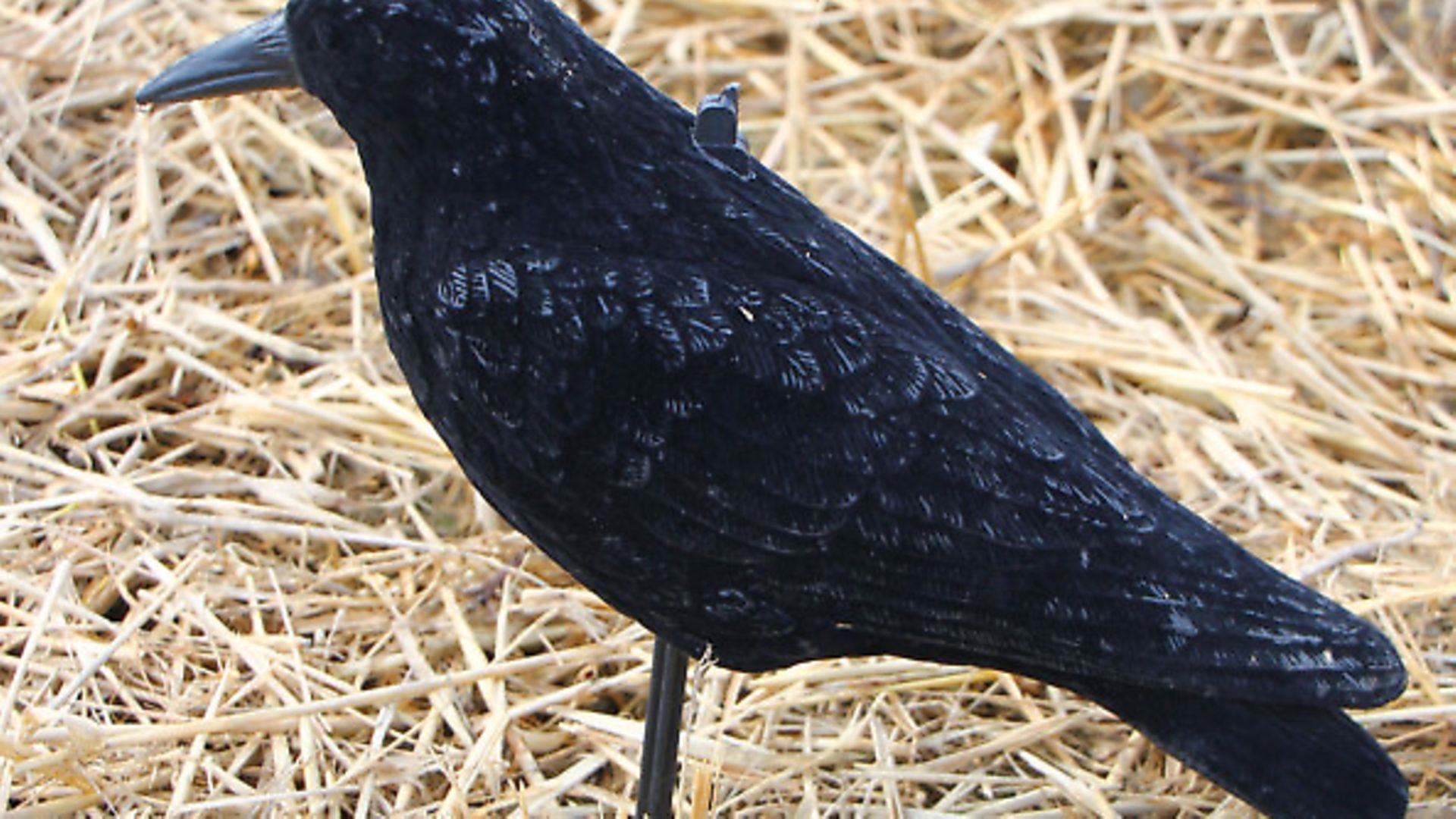 credit: Archant
credit: Archant
When decoying corvids, you will always want to find the best place to hide. We noticed a nice group of trees in a corner where we could go unseen from birds flying over and it provided darkness to conceal any movement behind the nets. When we approached, though, we could see a small cottage, pretty close the place where we wanted to go, and dogs barking as soon as we got there. No good, so we went further up the hedge and hoped we could get a few from where we set up.
A tip about building the hide – make it as comfortable as possible. There is no point making it so small and compact that you will struggle to move the rifle around to get a good shooting position if a bird decides to land at the side of your view. We had eight hide poles and three nets, with just enough holes for us to see through.
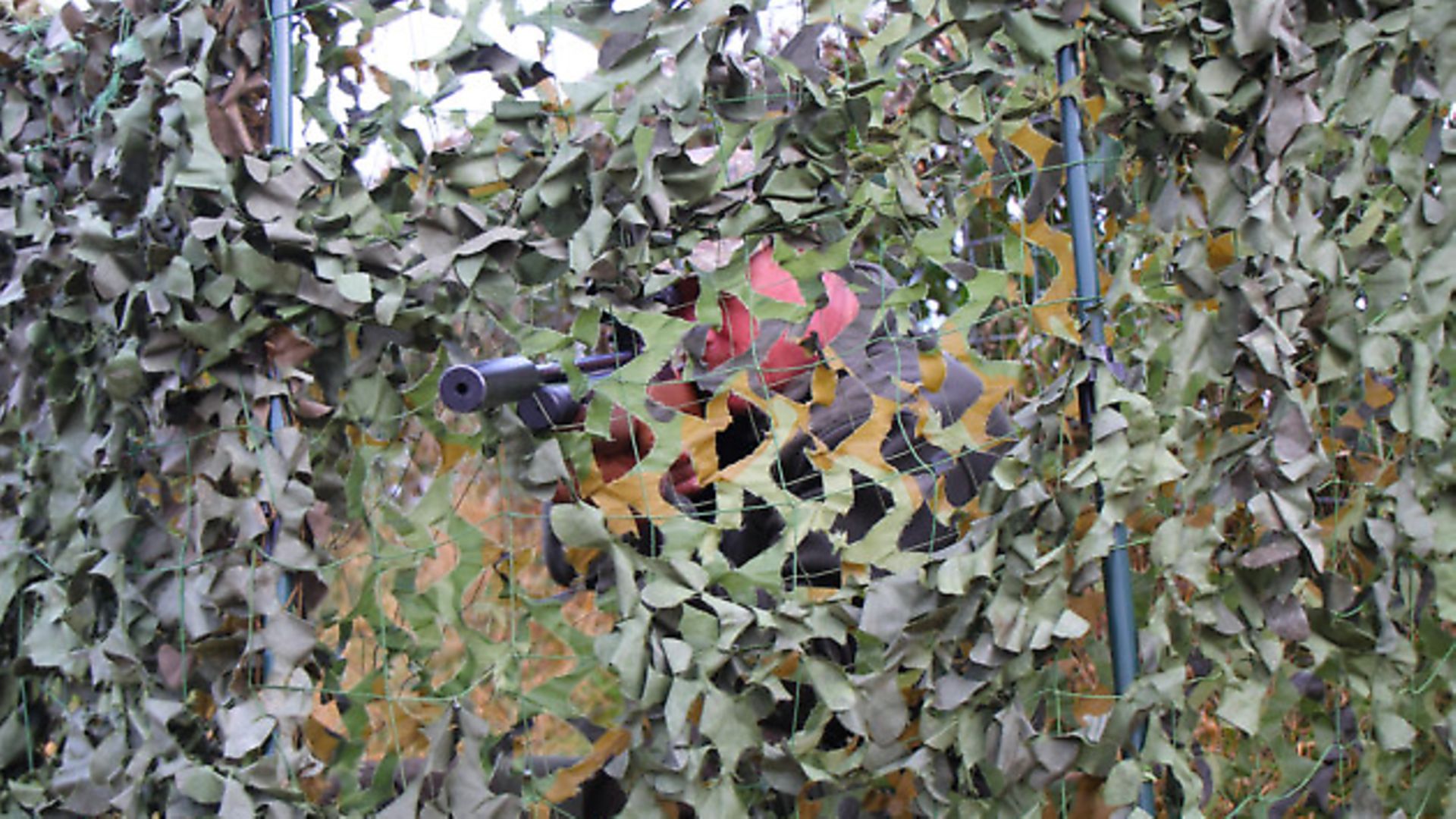 credit: Archant
credit: Archant
After setting up the hide, I walked out to 30 yards, looked back at Allan and got him to move about a little, just to make sure we were hidden as well as could be. It was very hard to see any movement, so I set about getting the decoys ready and placed them out in a random pattern.
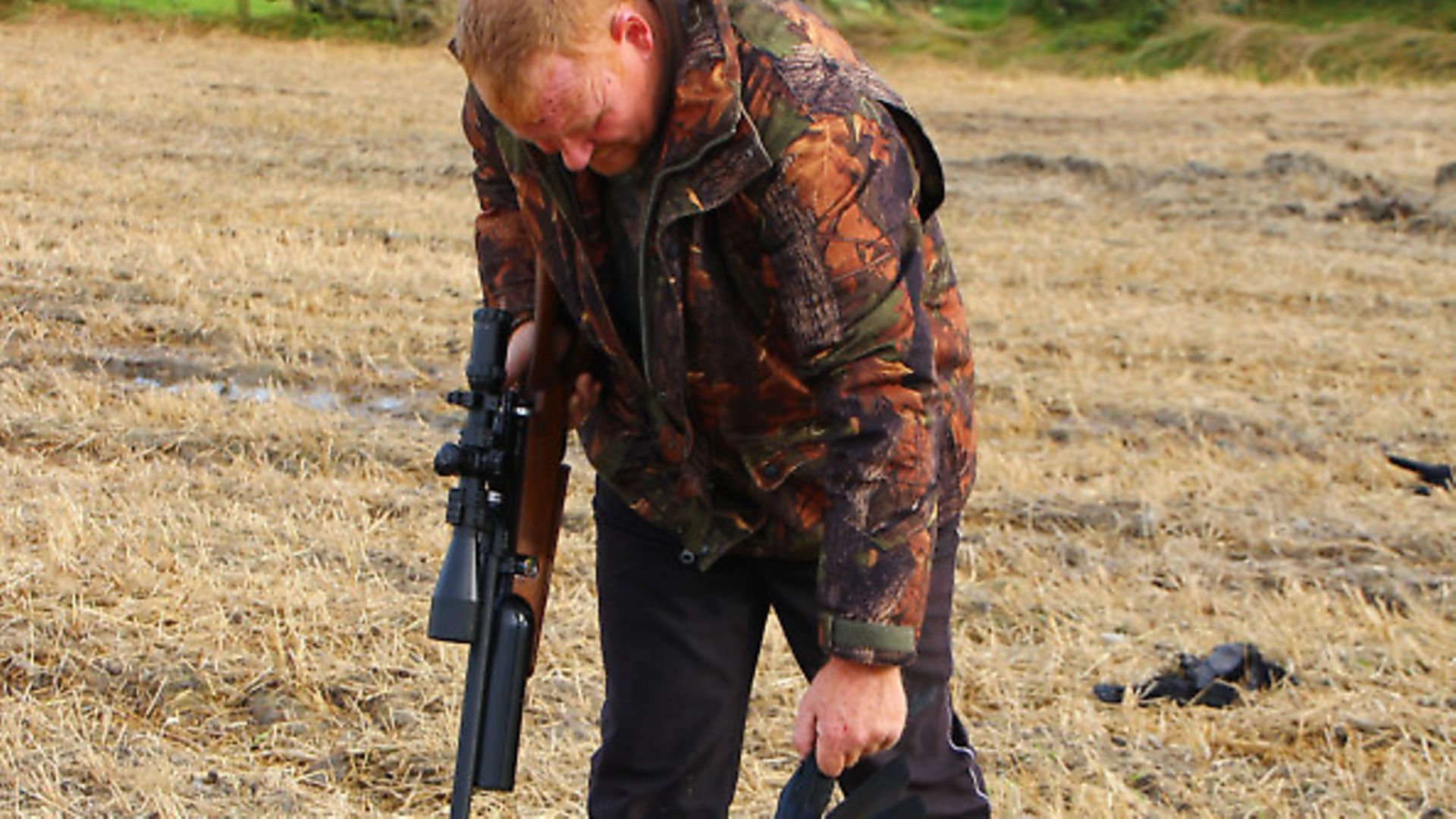 credit: Archant
credit: Archant
It was time to get the rifles and take a couple of test shots to gauge cross wind. Allan’s shots were hitting about 5mm to the left, nothing to worry about, so I set about filling the magazine for the S310. I had made a mess of things straight away – I had left the magazine back at Allan’s. Oh well, single loading it was to be. Yy first practice shots were also hitting around 5mm to the left ,so we knew the breeze was steady and only minor adjustments were needed for our main zero. All we had to do now was sit on our comfy chairs and wait.
We didn’t have to wait long before we could hear jackdaws calling in front of us. Allan took a peek through the net and confirmed at least four coming straight for the decoys. I stared through a gap in the net and I could see them at about 50 yards away and closing in. Allan had got the silencer through the hide ready to pounce if one landed, but the jackdaws seemed to be playing with us, flying around for what seemed an age calling to the decoys and each other.
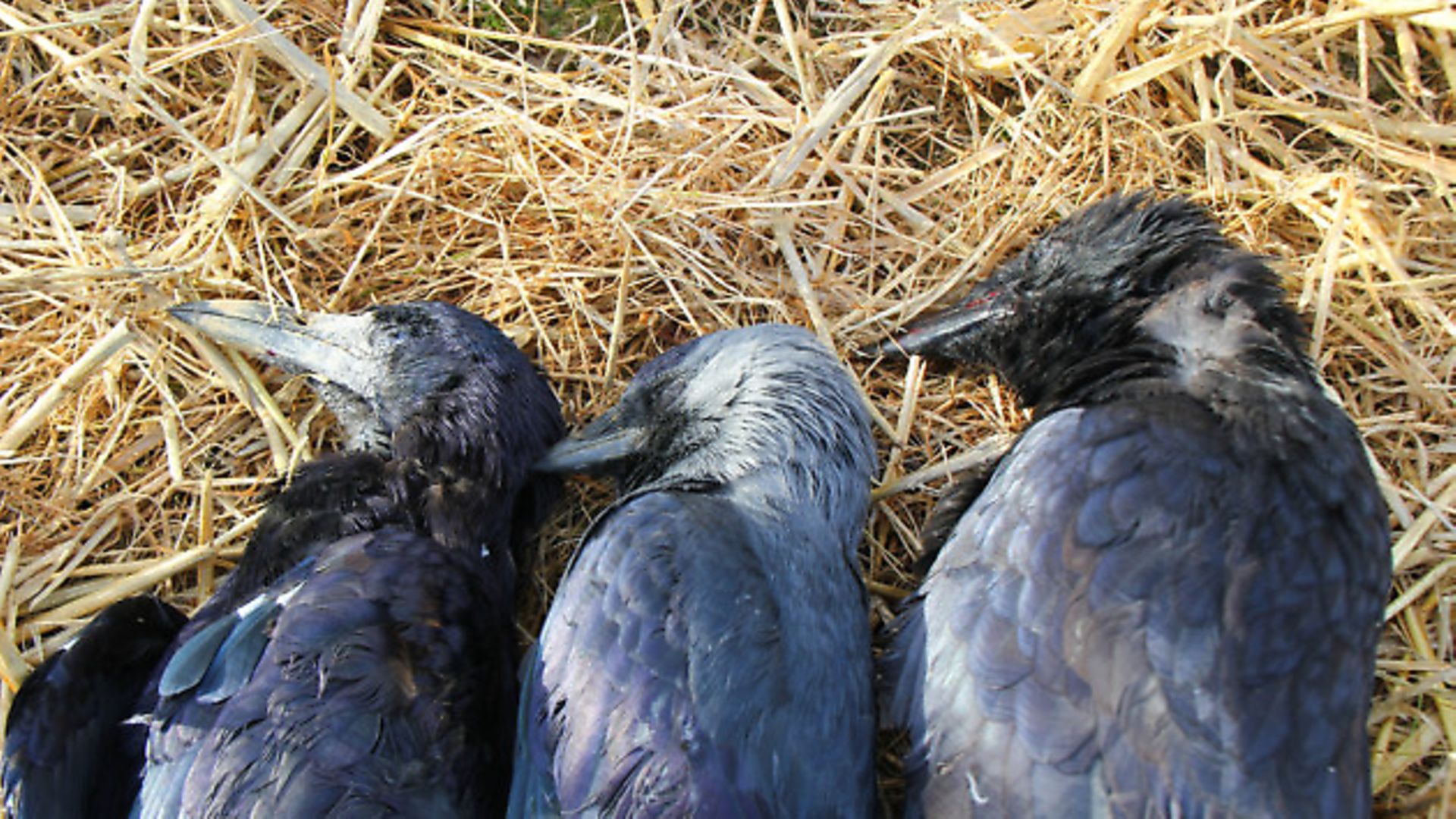 credit: Archant
credit: Archant
Finally, one took the plunge just on the right-hand side of the decoys, and before I could tell Allan to hurry up, he had shot and it was lying face down. The other jackdaws went berserk, calling like mad. All the commotion seemed to help us, though, and within minutes we had more coming our way – there were even crows coming to find out what was wrong!
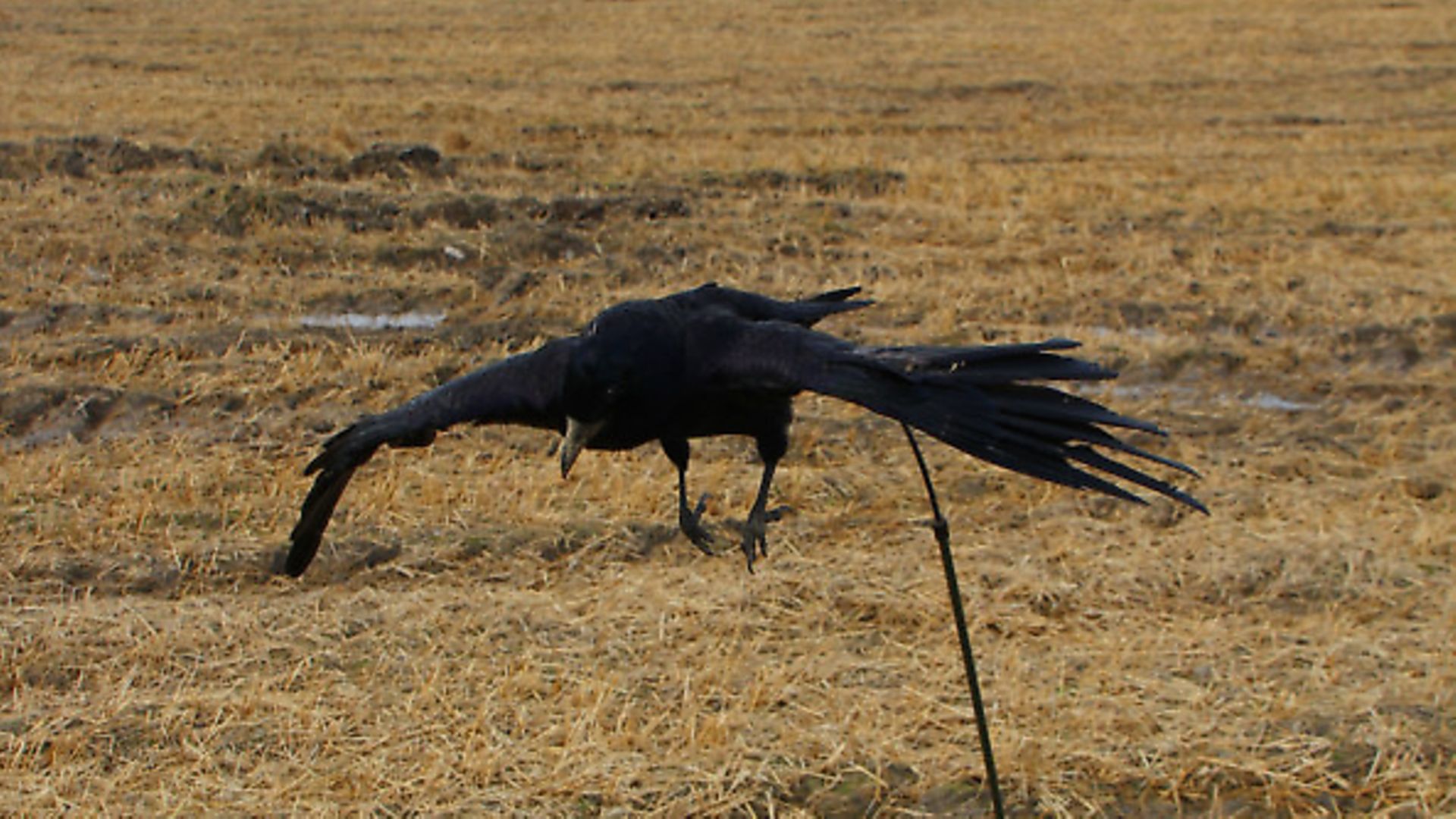 credit: Archant
credit: Archant
We now had around 15 birds in front of us, and we had agreed there was no taking it in turns. We just wanted to get as many as possible, so Allan shot another, which had landed on a fencepost to his right. The crows and jackdaws were even more confused and, in a way, it was funny to watch. They had no idea why some of their mates were dropping dead. We were well hidden and the rifles were so quiet they had no clue we were there.
This little group went on for about 15 minutes. We managed to bag another corvid each before one came too close to the hide and spotted us from above. There was quiet now. The crow that spotted us soon let the others know of the danger and they followed him over the fields, out of harm’s way.
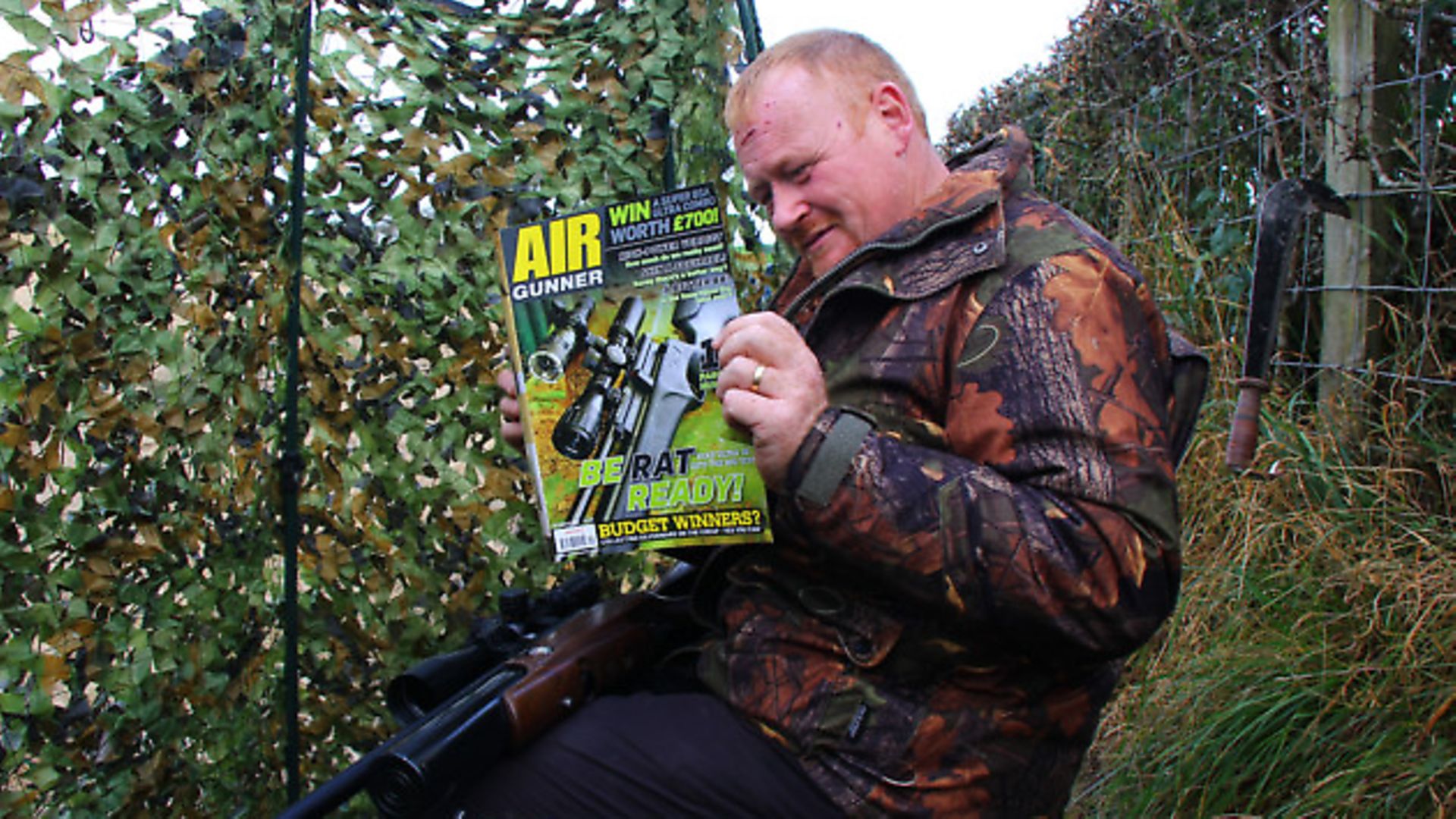 credit: Archant
credit: Archant
It was a good start – four birds in 20 minutes. For the next hour, we managed to get a few more. We seemed to be getting a run off pairs coming to the decoys, and this seemed to give them more confidence to drop in near the pattern sooner. It got a little slower as more came from behind and unfortunately, they were spotting us as they went over our hide. We decided a different approach was needed. We had brought with us some bouncer poles as an addition for when we had shot a couple, and now was the time to add just a little movement to the pattern and maybe give more confidence to any bird that might come to us.
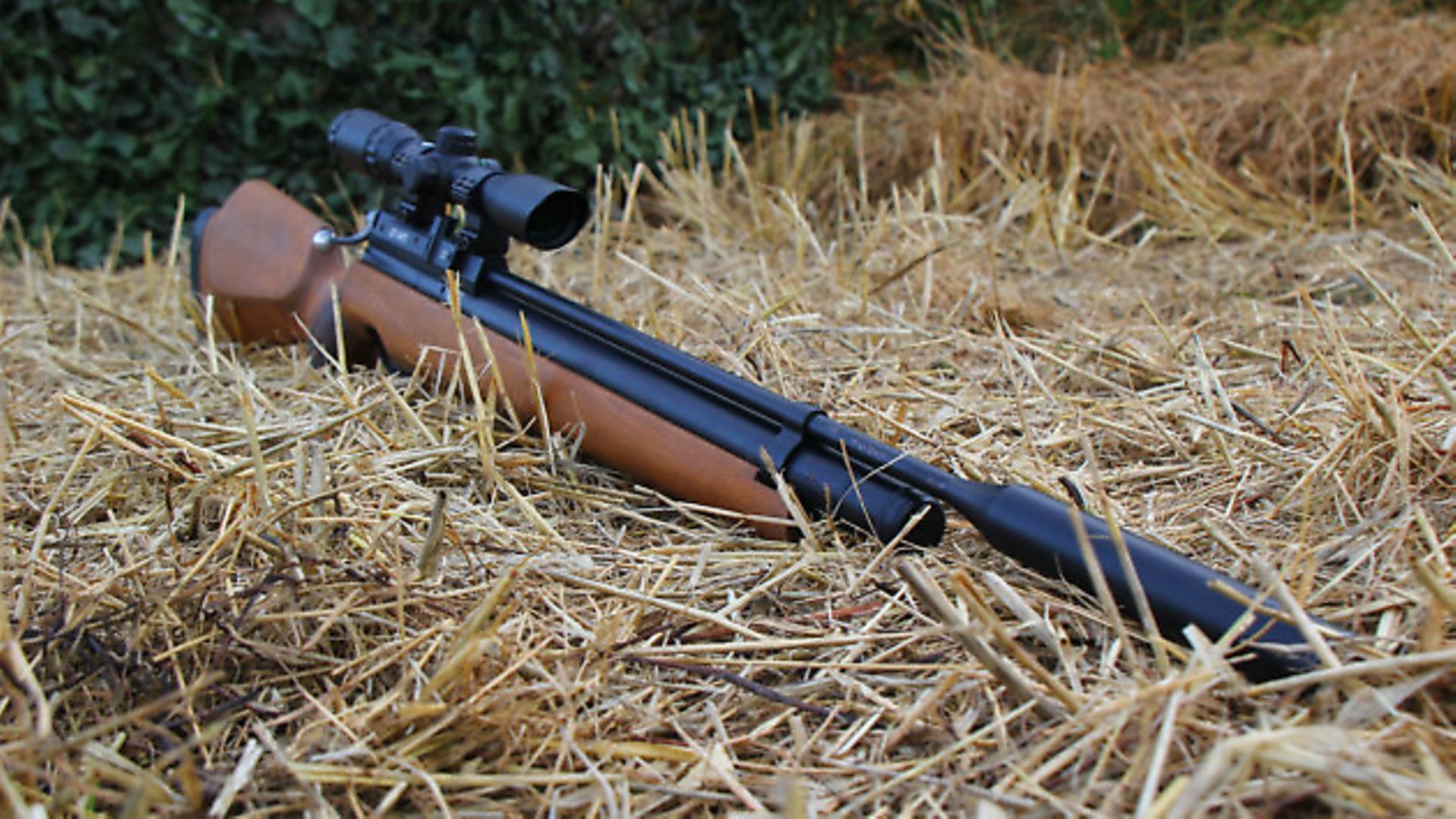 credit: Archant
credit: Archant
It worked a treat. We had single, double, even groups of five birds drop in without any bother. Some old, wise birds backed off, but we must have had a lot of thick ones. We continued to plough on until the lack of light forced us to start packing up. I didn’t want this to end because I had enjoyed this red-letter afternoon so much.
The S310 had been faultless, even though it was battered. I found out that it was made in 2000, and was probably one of the last ones made before the S400 took over. It had seen more hunting action than hundreds more put together, and it still had not been serviced. This is a testament to how well built the Air Arms rifles truly are.
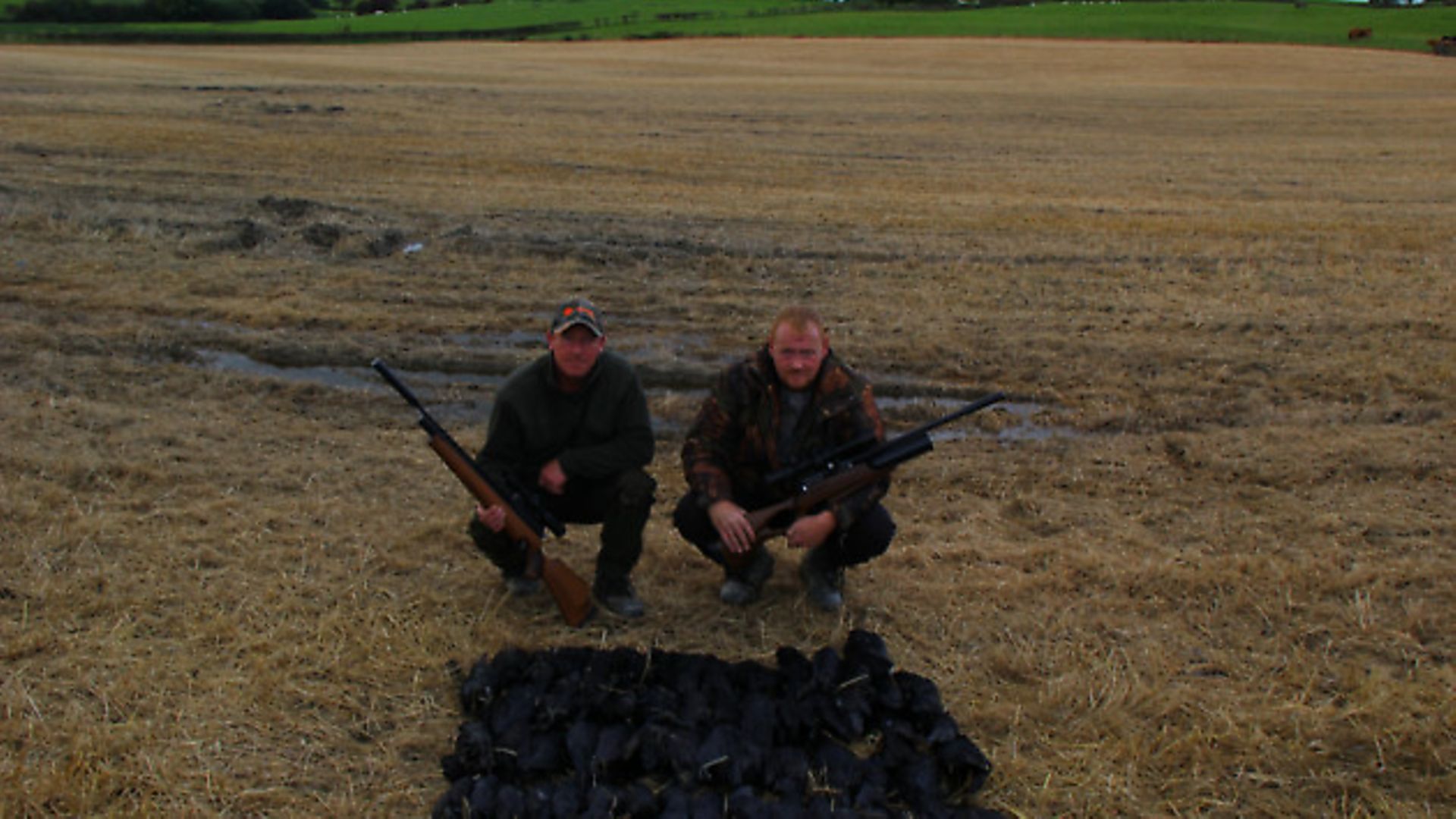 credit: Archant
credit: Archant
After we’d packed up, we were sure there were over 60 birds shot – my best-ever day on corvids. Allan just seemed to sit back and catch up on reading the magazine whilst I did all the work at the end… he was so tired after shooting ‘whatever’.
Top tips for hunting corvids
1) Always try to conceal yourself as much as possible, without making the hide stand out too much.
2) Always adjust your pattern throughout the session as subtle changes can make a difference.
3) Always try a couple of test shots. This saves a lot of time and missed opportunities.
4) Make sure you have the gun ready to shoot before the bird lands, saving on movement and time to take the shot.
____________________
More Hunting Journals:
Pigeon hunting in Arizona
Horses, bunnies and a Scorpion
Woodland stalking